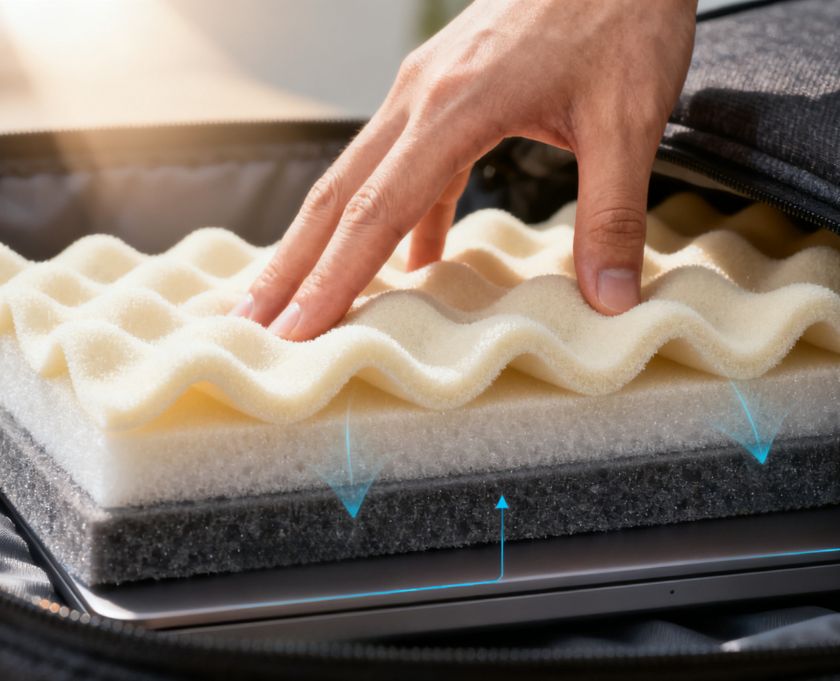Beautiful Plants For Your Interior

Laptop backpacks are no longer just about carrying devices—they’re about protection, comfort, and long-term usability. One of the most underrated features is the thickness of the interior padding. While zippers, design, and materials often attract more attention, padding is what ultimately determines whether your laptop survives a drop, bump, or daily commute.
The Role of Interior Padding in Laptop Backpacks
Interior padding acts as a shield between your laptop and the outside world. It reduces the impact of bumps, protects against scratches, and helps the backpack maintain structure. Without sufficient padding, even the most stylish backpack becomes a risky choice.
How Padding Thickness Protects Your Laptop
Shock Absorption
Thicker padding absorbs shocks from accidental drops, keeping the laptop safe from internal hardware damage.
Scratch and Impact Resistance
A good layer of padding prevents scratches from accessories or hard surfaces inside the bag.
Comfort and Ergonomics of Padding
Weight Distribution
Thicker padding, especially in back panels and straps, spreads weight evenly across your shoulders.
Back Support Benefits
Back padding reduces strain, improves posture, and allows for better ventilation when designed with air channels.
Durability and Longevity of Backpacks with Proper Padding
Prevention of Wear and Tear
Padding cushions both the device and the bag’s internal lining, preventing premature wear.
Structural Integrity
It helps maintain the bag’s shape, even under heavy loads.
Risks of Insufficient Padding Thickness
Increased Risk of Laptop Damage
Thin padding may not withstand sudden impacts or accidental drops.
Discomfort for the User
Without proper padding, users may feel laptop corners pressing into their backs.
Recommended Padding Thickness for Different Laptop Sizes
- 13-inch laptops: At least 10–12 mm padding.
- 15-inch laptops: Around 15 mm padding with reinforced edges.
- 17-inch laptops: 18–20 mm padding with added corner protection.
Comparing Foam Types Used in Backpack Padding
EVA Foam
Lightweight and highly shock-absorbent, ideal for backpacks.
Memory Foam
Provides ergonomic comfort but may compress over time.
Polyurethane Foam
Durable, affordable, and commonly used, though less breathable.
Additional Design Features That Work with Padding
Suspended Laptop Compartments
Keeps laptops slightly lifted, avoiding direct impact when the bag is dropped.
Reinforced Corners and Edges
Prevents damage at the most vulnerable points of laptops.
Maintenance Tips for Backpack Padding
Cleaning and Care
Use mild soap and water for cleaning; avoid soaking to protect foam structure.
When to Replace Your Backpack
If padding feels thin, compressed, or uneven, it may be time for a replacement.
FAQs About Laptop Backpack Padding
Q1: Is thicker padding always better?
Not always—balance is key. Excessively thick padding can reduce interior space.
Q2: Can padding be replaced separately?
Some compartments allow for removable inserts, but most require buying a new backpack.
Q3: Does padding affect ventilation?
Yes, modern designs combine padding with breathable mesh for comfort.
Conclusion: Why Padding Thickness Should Be Your Top Priority
When buying a laptop backpack, don’t just focus on looks or brand. Padding thickness is your first line of defense against accidents and discomfort. With the right padding, you ensure not only the safety of your device but also your own comfort during daily use.
A good laptop deserves a backpack with the protection it needs.